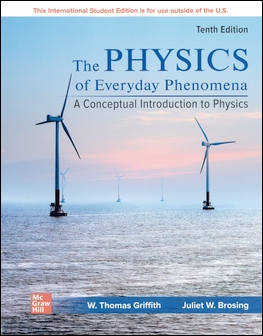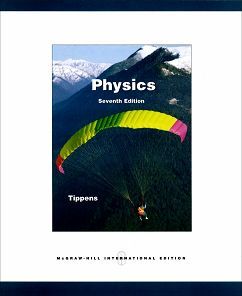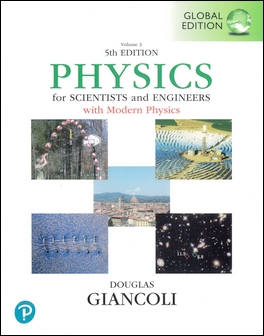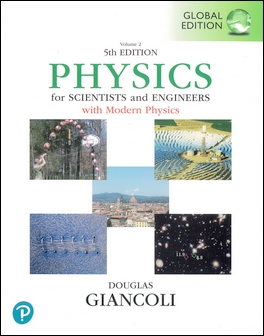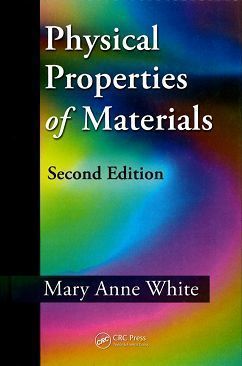書籍分類
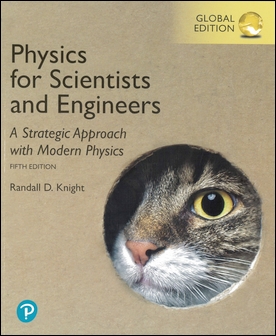
Physics for Scientists and Engineers: A Strategic Approach with Modern Physics 5/e
作者:Randall D. Knight
原價:NT$ 1,580
ISBN:9781292438221
版次:5
年份:2023
出版商:Pearson Education
頁數/規格:1356頁/平裝彩色
參考網頁:Physics for Scientists and Engineers 4/e
版次:5
年份:2023
出版商:Pearson Education
頁數/規格:1356頁/平裝彩色
參考網頁:Physics for Scientists and Engineers 4/e
內容介紹 本書特色 目錄 作者介紹
- Description
- The 4-step problem-solving approach shifts to Model/Visualize/Solve/Review, using a final step of "Review," instead of "Assess," to better reflect the content of the final step.
- Model boxes provide models of complex, real-world situations in simple yet reasonable idealizations for solving problems and in a manner that enables reapplication in other similar problems.
- Enhanced Chapter Previews summarize the pertinent topics and learning objectives of the chapters with the aim of addressing questions students are most likely to ask themselves while studying the material for the first time.
- Advanced topics are covered in optional sections to further expand the learning material. Topics include rocket propulsion, gyroscopes and precession, the wave equation (such as for electromagnetic waves), the speed of sound in gases, and more details on the interference of light.
- Tactics Boxes give step-by-step procedures for developing specific skills (drawing free-body diagrams, using ray tracing, etc.).
Physics for Scientists and Engineers: A Strategic Approach with Modern Physics is a finely tuned, practical introduction to physics which includes practical problems that relate physics to everyday life. Along with math, the book presents qualitative reasoning, pictorial and graphical reasoning, and reasoning by analogy as tools in the pursuit of learning physics.
With this text, Professor Knight's objective is to integrate physics education research into the classroom in a way that supports a range of learning approaches.
Updates to the Fifth Edition
Available separately for purchase is Mastering Physics for Physics for Scientists and Engineers: A Strategic Approach with Modern Physics, Global Edition, the teaching and learning platform that empowers instructors to personalize learning for every student. When combined with Pearson's trusted educational content, this optional suite helps deliver the desired learning outcomes. The latest edition of Mastering Physics for Physics for Scientists and Engineers comes with Dynamic Study Modules, Ready-to-Go Study Tools, book-specific Tutorials, Interactive Prelecture Videos,
25 Video Tutor Solutions, and more.



